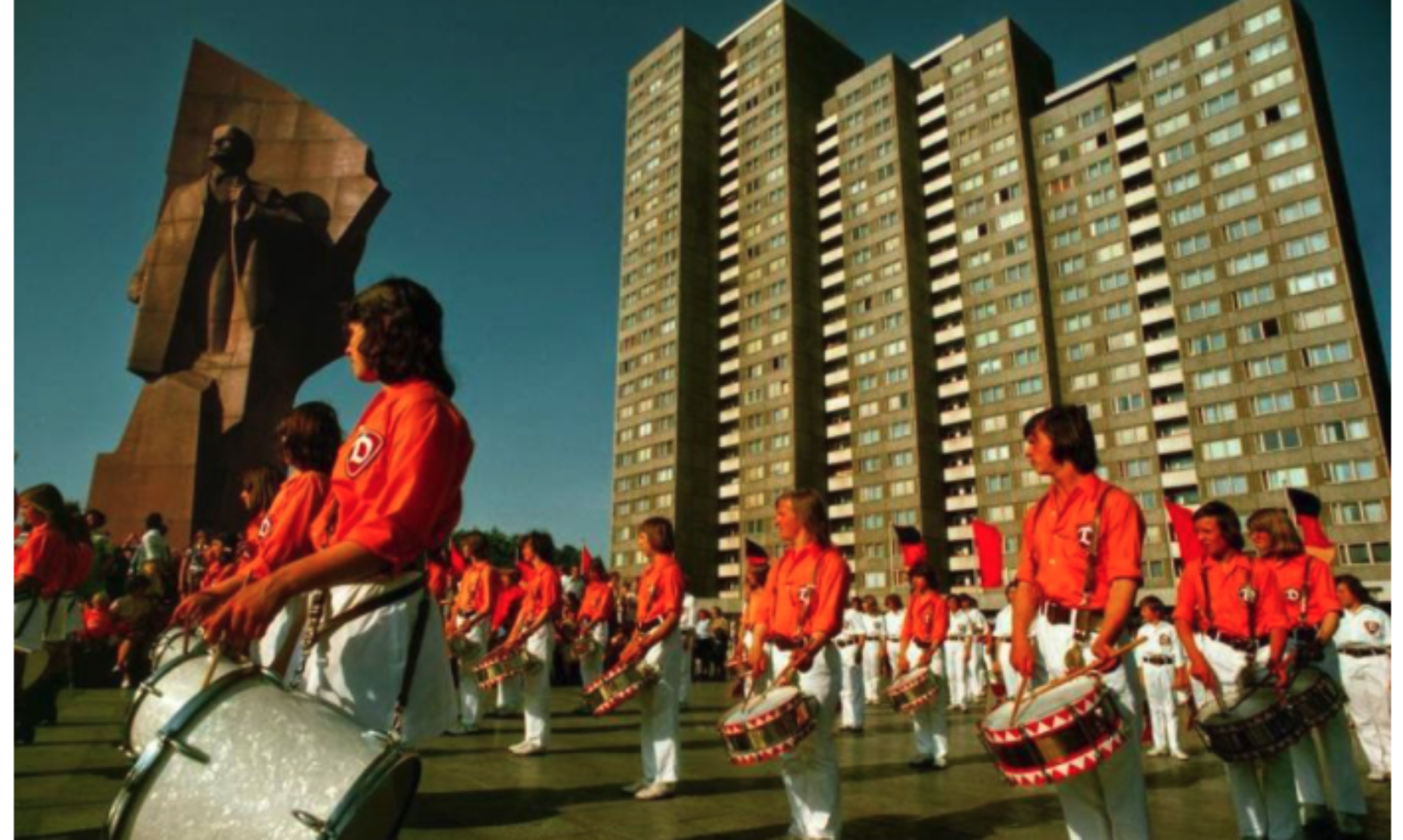In Appeltova’s piece, the commentary on Soviet bodies, particularly women’s, emphasizes the never-ending ideals that accompanied the Soviet lifestyle. In this way, even the fact that quality of life had risen and allowed for weight gain could not also be accompanied by the need to then limit oneself in order to benefit the Communist regime. From Appeltova’s writing, the multiple factors that contributed to such fixation of weight and their range creates a microscopic example of the Cold War as a whole. The fixation on the individual in order to benefit the society in every way, the establishment of the fixation into the society as a whole, and the ways in which it effects daily life all reflects the greater issues within the Cold War ideological battle. In this case, the competition to create a physically-better worker and person would promote the ideals of labor, sexual attraction, and generational fitness; even if the ideals were similar to one another between the West and Soviet Union, the reasoning behind such an achievement remains rooted in ideology and competition between the two sides. Additionally, the individual once again had to bear the burden of fulfilling this ideal, or face criticism from every angle in their daily life.
After reading Appeltova, I question the testimonials of those interviewed within the text: while they did not change their habits exponentially, as Appeltova writes, was the psychological pressure also marginal? How stark were the generational differences, and did it greatly impact the level of consumption? As stated later in the piece, how did the emergence of eating disorders come into focus, and does that prevail today?
